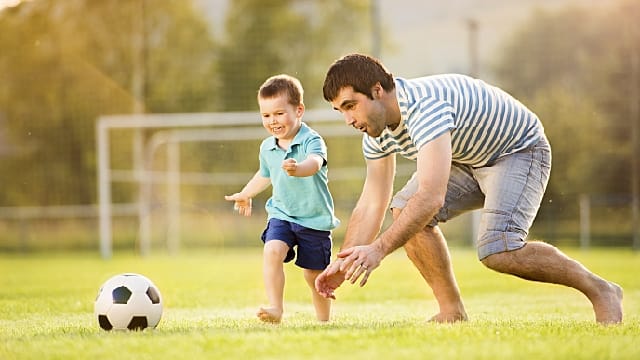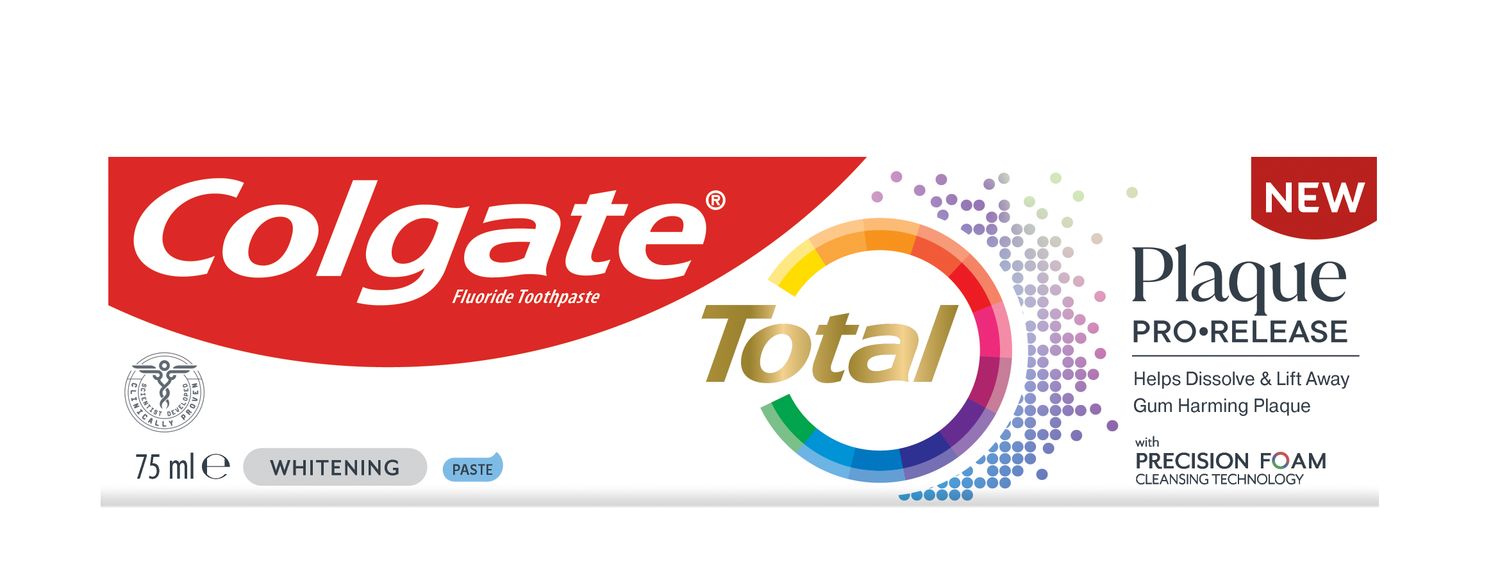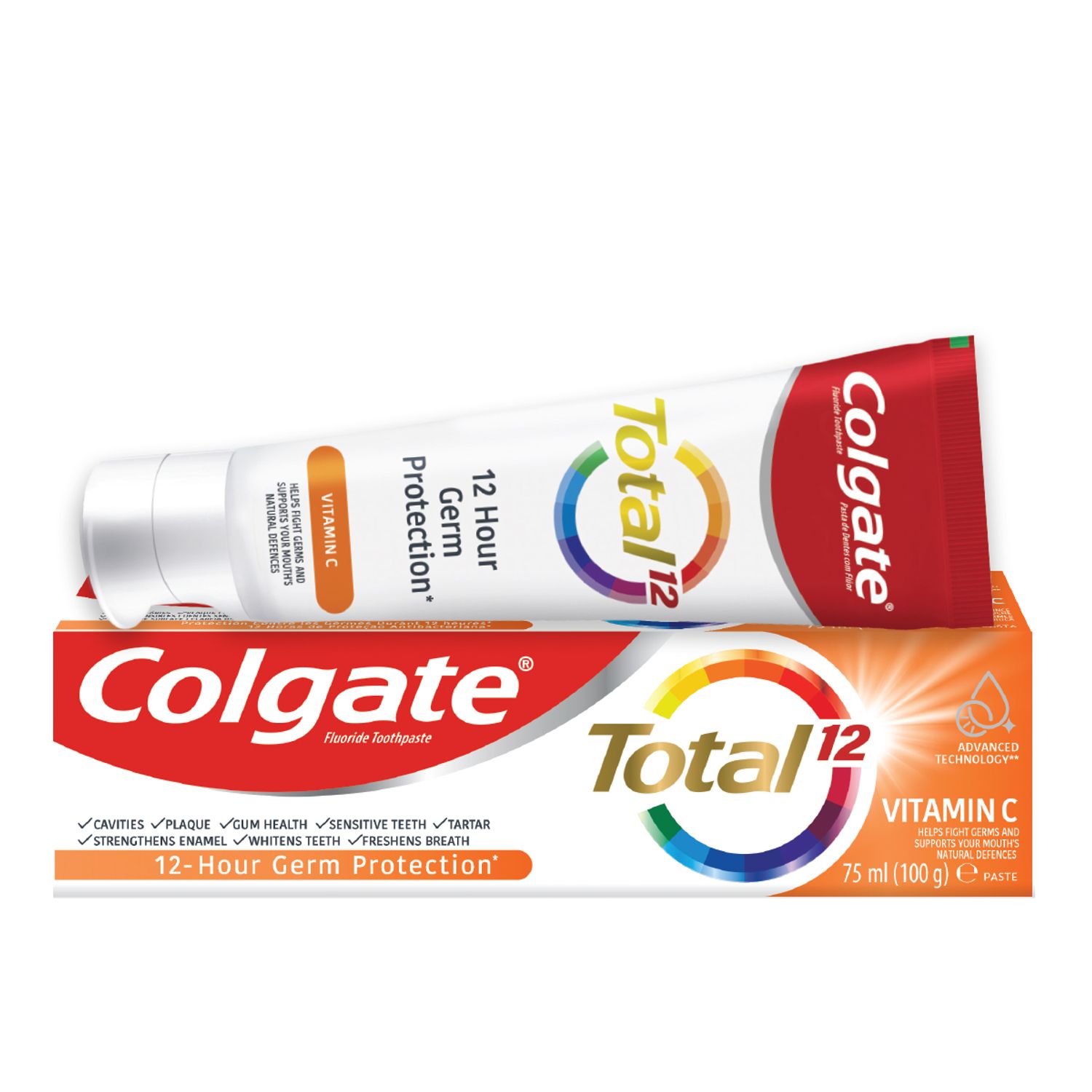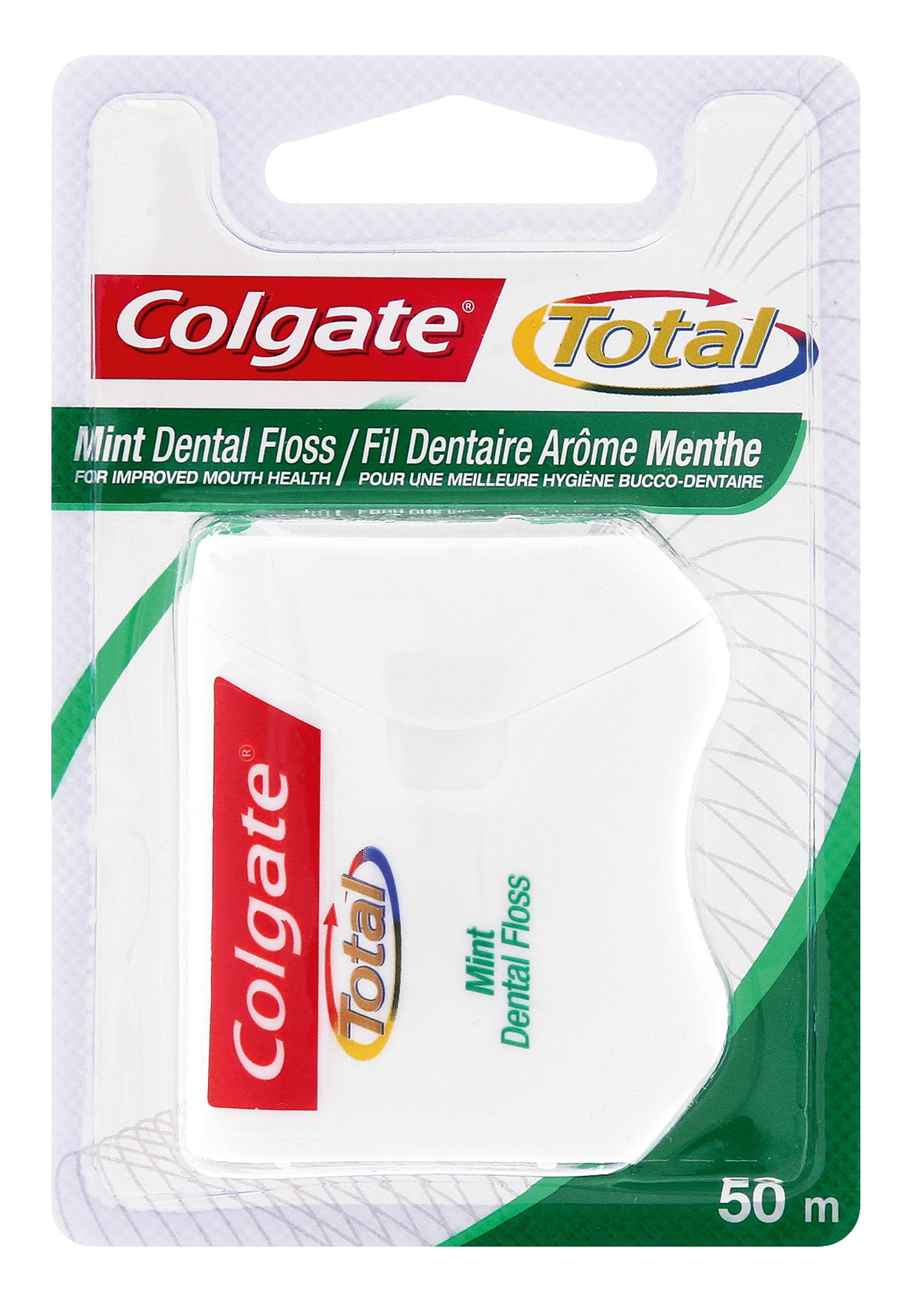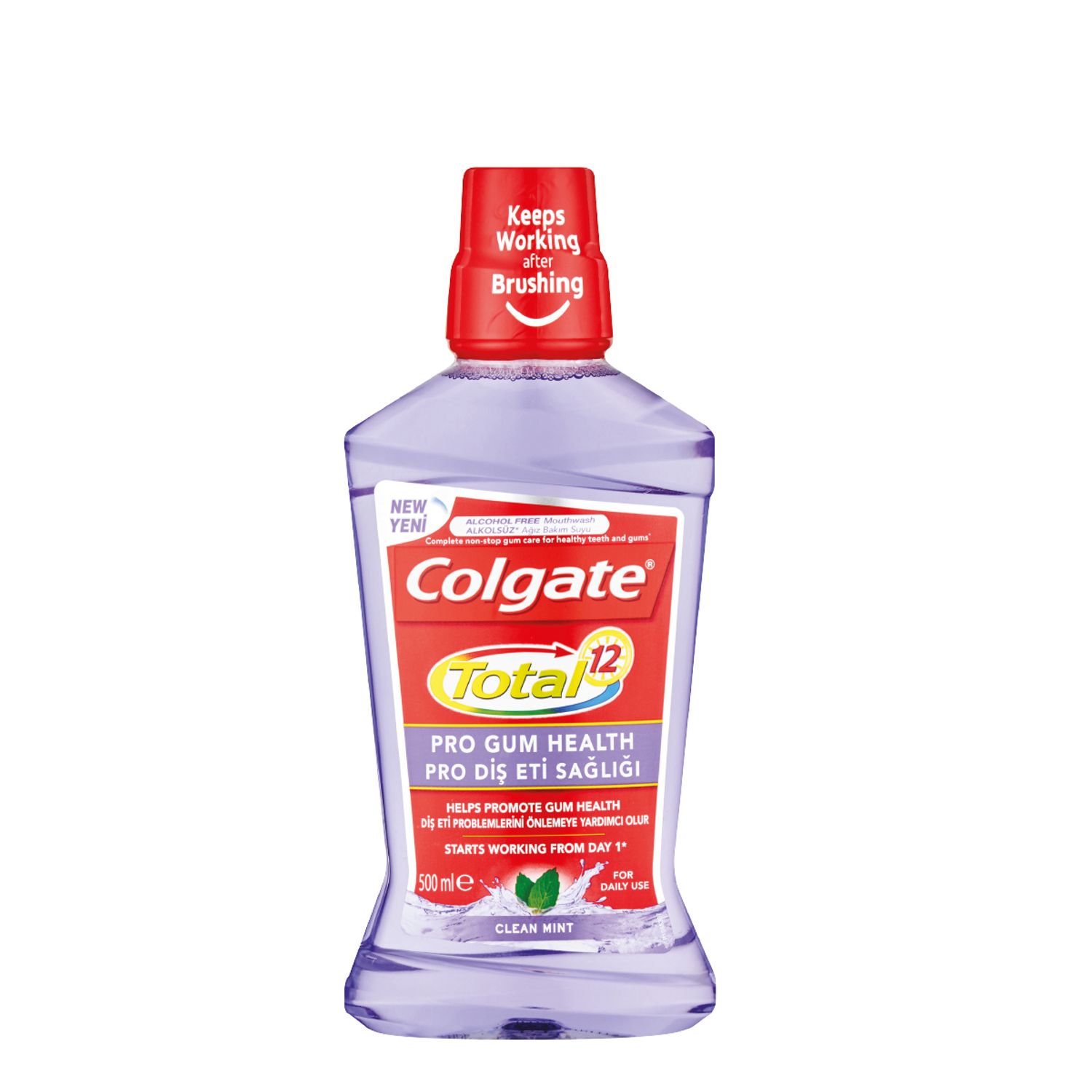-
-

CAVITIES
Can You Heal A Cavity At Home?You feel a sharp pain when you bite down or try to eat. You think it's a cavity, but you're not 100 percent sure...

BAD BREATH
How To Cure Bad BreathMore commonly known as bad breath, halitosis is an embarrassing hygiene issue that nobody wants, but some of us get every now and then...
-
Science & Innovation
- Colgate® | Toothpaste, Toothbrushes & Oral Care Resources
- Oral Health
- What Teeth Are Baby Teeth?


It can be hard to determine what teeth are baby teeth and which ones are permanent. Your baby's first tooth makes its grand debut around 6 months of age, and by two to three years old, all 20 baby teeth should have erupted in their mouth. Six years old is when you can expect your children to lose their first baby teeth and have permanent teeth peek through. Keep the tooth fairy on standby; this process of permanent teeth replacing baby teeth will continue until your child is 12 or 13.
As your child gets older, it can be hard to tell the difference between baby teeth and permanent teeth. Having teeth of both types is called a mixed dentition. Parent 24's baby teeth chart is a good guide that helps parents know approximately when their child's baby teeth will appear, when they'll shed them and when their adult teeth will come in. The chart helps you distinguish which teeth belong to the first or second set.
Importance of Baby Teeth
Baby teeth, also called primary teeth, play an important role in guaranteeing your child has a beautiful smile as an adult. Baby teeth hold space in your child's jaw so that the permanent teeth will come in properly. If you notice small spaces between your child's baby teeth, don't worry. This is quite natural, with the spaces there to allow extra room for the permanent teeth.
When baby teeth are extensively decayed or injured, the permanent tooth underneath can become infected or damaged. If baby teeth have to be removed because of decay or injury, other teeth can drift and block the permanent tooth from coming in. The permanent tooth may even struggle to align correctly.
Protecting Baby Teeth
According to Parent 24, you start practicing healthy oral hygiene habits with your child early in order to keep baby teeth healthy and cavity free. Begin by cleaning your baby's gums with a wet gauze pad after feedings. Once those teeth appear, prevent early decay by limiting their bedtime bottle to water.
Carefully brush all new baby teeth twice a day with a small, soft brush. Keep in mind that your child may not be able to thoroughly brush or floss on their own until seven or eight years of age. Before using fluoride toothpaste, check with your dentist on how much to use, and whether or not your child needs fluoride supplements.
Dentists strongly suggest scheduling your baby's first dental appointment before his/her first birthday. As your child gets older, you may be encouraged to use other preventive measures such as regular cleanings, fluoride treatments and dental sealants. Your dentist will also keep a close watch on the development and eruption of your child's permanent teeth to confirm that everything is occurring normally.
Knowing what teeth are baby teeth is just as important as seeing the permanent ones come in. A good first set will give way to a second that's just as healthy. By starting regular oral hygiene practices early, you can keep your child's teeth cavity free so no baby tooth is lost before it starts to wiggle.
Related Products

Helping dental professionals
More professionals across the world trust Colgate. Find resources, products, and information to give your patients a healthier future





